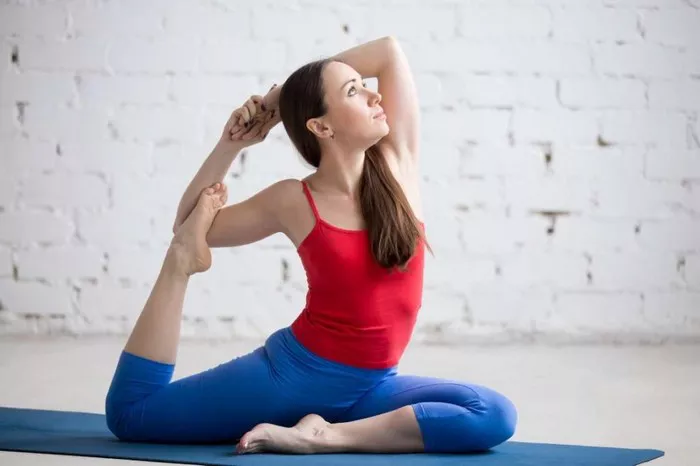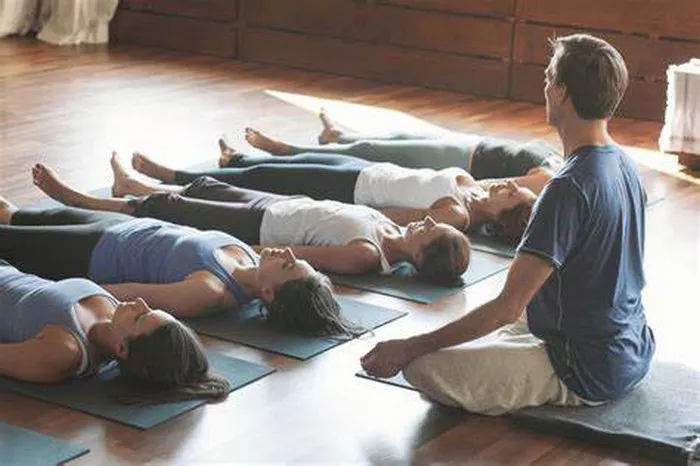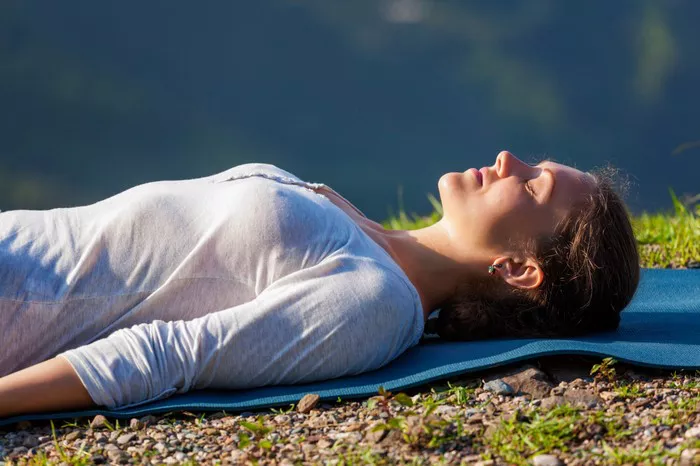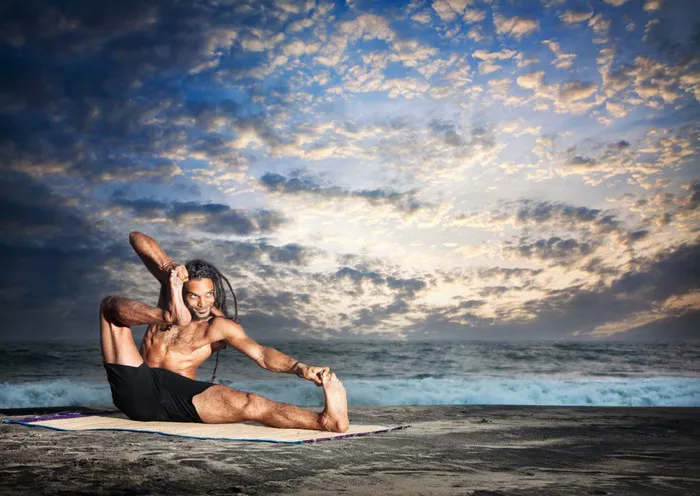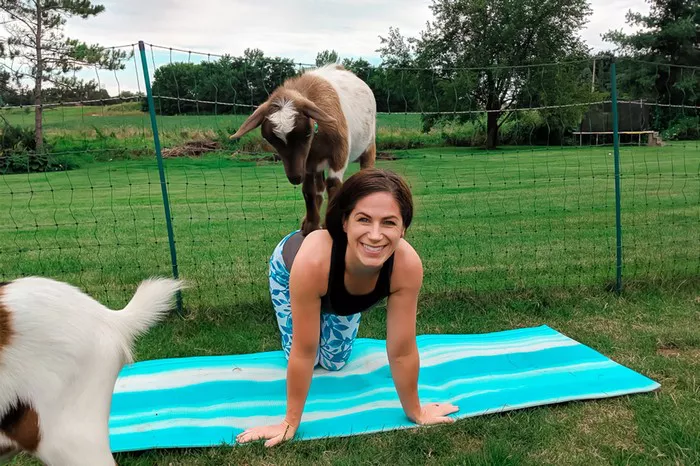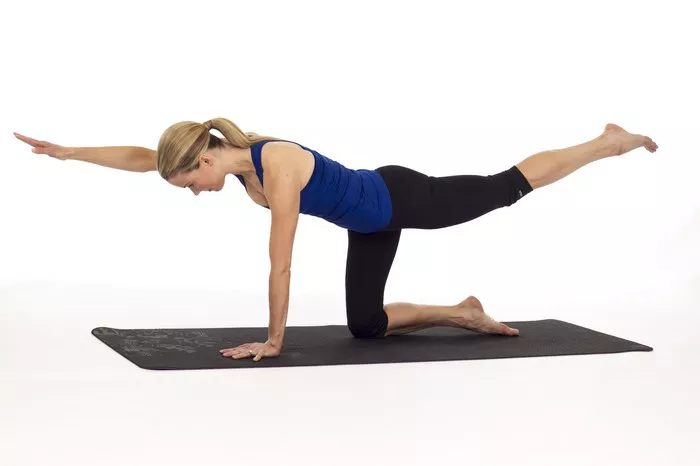Fish Pose, known as Matsyasana in Sanskrit, is a foundational asana in many yoga practices. It is a backbend that provides numerous benefits for both the body and the mind. As you dive deeper into your yoga journey, you might wonder how long you should hold Fish Pose for optimal benefits. While there is no one-size-fits-all answer, understanding the pose’s mechanics, benefits, and how to gauge your own limits will help you make an informed decision.
In this article, we will explore Fish Pose in detail and guide you on how long you should hold this pose depending on various factors such as your experience, physical limitations, and personal goals. By the end of this piece, you will be well-equipped to incorporate Fish Pose into your practice with the right amount of time and intention.
Understanding Fish Pose
Fish Pose is a backbend performed on your back that opens up the chest, throat, and abdominal region. In this pose, the practitioner arches their spine, creating a deep stretch through the upper body, and rests on the forearms with the chest lifted and the head lightly touching the floor or mat. The key feature of Fish Pose is the opening of the heart space while engaging in a backbend, which provides an opportunity for both physical and emotional release.
Step-by-Step Guide to Performing Fish Pose
Start in a Comfortable Seated Position: Sit with your legs extended straight out in front of you. You can place a bolster or blanket underneath your hips to help support your spine.
Positioning the Hands: Bend your elbows and bring your forearms to the floor beside your torso. Your forearms should be parallel to one another, with the elbows about shoulder-width apart.
Lifting the Chest: Press your forearms down into the mat to help lift your chest toward the ceiling. Imagine creating an arch in your spine as you move into the backbend.
Resting on the Crown of the Head: As you open the chest, gently lower your head to the floor. If your head doesn’t reach the ground comfortably, you can support it with a block or cushion to avoid straining your neck.
Engaging the Legs: Stretch your legs out long on the mat, keeping the feet close together. Engage your legs to support the stability of the pose.
Breathing Deeply: In Fish Pose, take slow, deep breaths to enhance the chest-opening effect and encourage relaxation. Avoid holding your breath as you hold the pose.
Maintaining the Pose: Keep your gaze soft and your body relaxed. Focus on the stretch in the chest and neck, but be mindful of any discomfort in the lower back or neck. If any pain arises, ease out of the pose.
Alignment and Key Points to Remember
- The alignment of your body is crucial to reap the full benefits of Fish Pose. Ensure that your hips remain grounded as your chest lifts to avoid compressing the lower back.
- If you find it difficult to rest your head on the mat, use a block or cushion to support your head and neck in a neutral position.
- Keep the neck relaxed, with a gentle curve in the cervical spine, and avoid crunching the neck forward.
- The shoulder blades should move down your back to help deepen the chest-opening effect, while maintaining length in the spine.
Benefits of Fish Pose
Fish Pose is often regarded as a “counter-pose” to forward folds. It has multiple benefits that extend to the body, mind, and emotions. Here are some of the key benefits of incorporating Fish Pose into your practice:
1. Opens the Chest and Throat
One of the most prominent benefits of Fish Pose is its ability to open up the chest and throat. By arching the back and lifting the chest, you stretch the front of the body, particularly the sternum and clavicle area. This can help counteract the rounding of the shoulders and the forward head posture that many people develop from sitting for long periods.
The throat-opening nature of the pose also benefits those with tightness or tension in the neck area. A relaxed throat can help to improve breathing, speech, and overall comfort in the upper body.
2. Stimulates the Heart and Lungs
Fish Pose has a direct impact on the cardiovascular system by opening the chest and increasing lung capacity. As the rib cage expands in the backbend, it encourages deeper breathing and promotes better oxygenation of the body. This makes Fish Pose an excellent asana for those who want to improve their lung function, especially in combination with breath-focused practices like pranayama.
Additionally, by stretching the chest and heart area, Fish Pose is thought to stimulate the heart chakra, Anahata, which is associated with love, compassion, and emotional balance.
3. Improves Posture
Regular practice of Fish Pose can significantly improve posture by counteracting the effects of slouching and poor alignment. As Fish Pose strengthens the back and opens the chest, it helps to maintain better spinal alignment both in and out of your yoga practice. The strong, open posture cultivated by this pose helps to balance the often overactive muscles in the front of the body and encourages a more upright stance.
4. Relieves Tension in the Neck and Shoulders
Fish Pose can provide relief for tension in the neck and shoulders, which is common among individuals who spend long hours in front of screens or engage in activities that create muscular tightness. The stretch through the throat and upper back can help release built-up tension and improve flexibility in the neck and shoulder region.
5. Promotes Emotional Release
Since Fish Pose is a heart-opening asana, it is often associated with emotional release. The opening of the chest and the vulnerable positioning of the body can help release stored emotions, such as stress, anxiety, and even grief. Many practitioners find that Fish Pose allows them to tap into deep emotional states and offers a sense of relief or emotional clarity.
6. Boosts Energy and Alleviates Fatigue
Because Fish Pose opens the chest and stimulates energy channels, it is often used to combat fatigue and revitalize the body. The deep chest expansion helps invigorate the body by improving circulation and oxygen intake, making it a great pose for combatting physical and mental exhaustion.
7. Stretches the Spine and Improves Flexibility
The backbend in Fish Pose provides a deep stretch through the spine, helping to increase flexibility, especially in the thoracic and cervical regions. The extension of the spine can also relieve stiffness, which is often caused by poor posture or lack of mobility in the back.
How Long Should You Hold Fish Pose?
The duration for which you hold Fish Pose depends on several factors, including your experience, physical condition, and the intention behind the pose. There are a few general guidelines to help you determine the appropriate amount of time to hold this asana:
Beginners
If you are new to Fish Pose or backbends in general, it is recommended to hold the pose for about 15 to 30 seconds. This will allow your body to adjust to the stretch without overloading your muscles or placing undue strain on the spine. Focus on gradually building flexibility and strength before attempting to hold the pose for longer periods.
Intermediate Practitioners
As you gain more experience with Fish Pose and backbends, you may start to hold the pose for 30 seconds to 1 minute. At this stage, your muscles will likely be stronger, and your body will have greater flexibility to sustain the stretch. Remember to maintain even, steady breathing throughout the pose.
Advanced Practitioners
Advanced practitioners may hold Fish Pose for 1 to 3 minutes or longer, depending on their goals. Holding the pose for extended periods can help deepen the stretch and increase spinal flexibility. However, always listen to your body and avoid overextending, especially if you feel discomfort in the neck or lower back.
Tips for Holding the Pose
Breath Awareness: Focus on slow, deep, and steady breathing to help you relax deeper into the pose. Use your breath to guide your body into greater flexibility and relaxation.
Mind the Neck: If you feel any discomfort in the neck, either come out of the pose or adjust your head position. Using a cushion or block under the head can reduce neck strain.
Engage the Core: While Fish Pose is a backbend, engaging the core can help support the lower back and prevent injury.
Use Props: If you are new to Fish Pose or have limited flexibility, use props such as a bolster, blanket, or block to support the chest or head.
Conclusion
Fish Pose is a beautiful and effective asana that provides numerous physical, mental, and emotional benefits. Whether you are a beginner or an experienced yogi, it’s important to approach this pose with awareness of your body and limitations. There is no one-size-fits-all duration for holding Fish Pose, but the general recommendation is to start with shorter durations and gradually increase the time as your body becomes more accustomed to the stretch.
As you continue practicing Fish Pose, remember that quality matters more than quantity. Holding the pose for a few moments with full attention to your breath and alignment can be more beneficial than holding it for several minutes with poor form or discomfort. Let your practice be guided by your body’s needs, and over time, you’ll experience the full range of benefits Fish Pose has to offer.
Related topics

